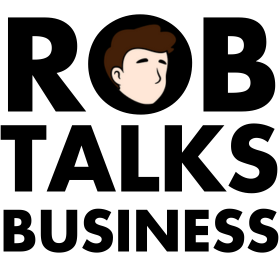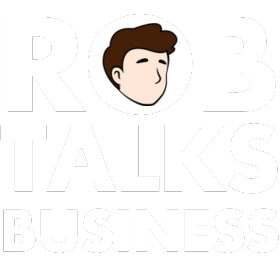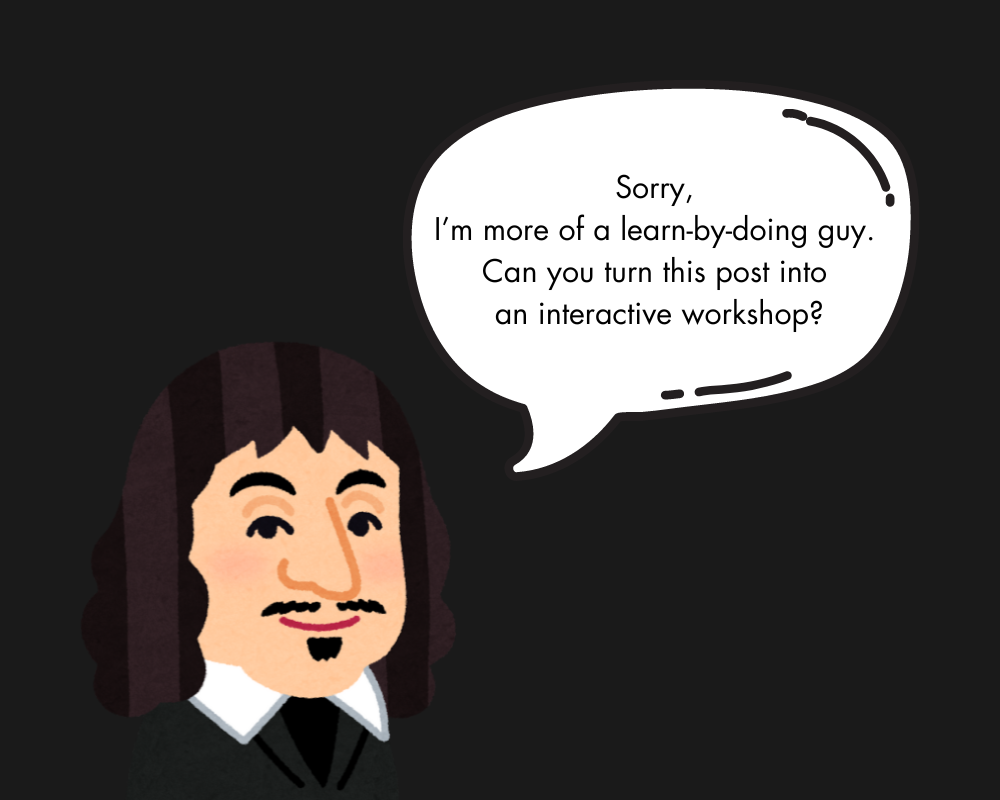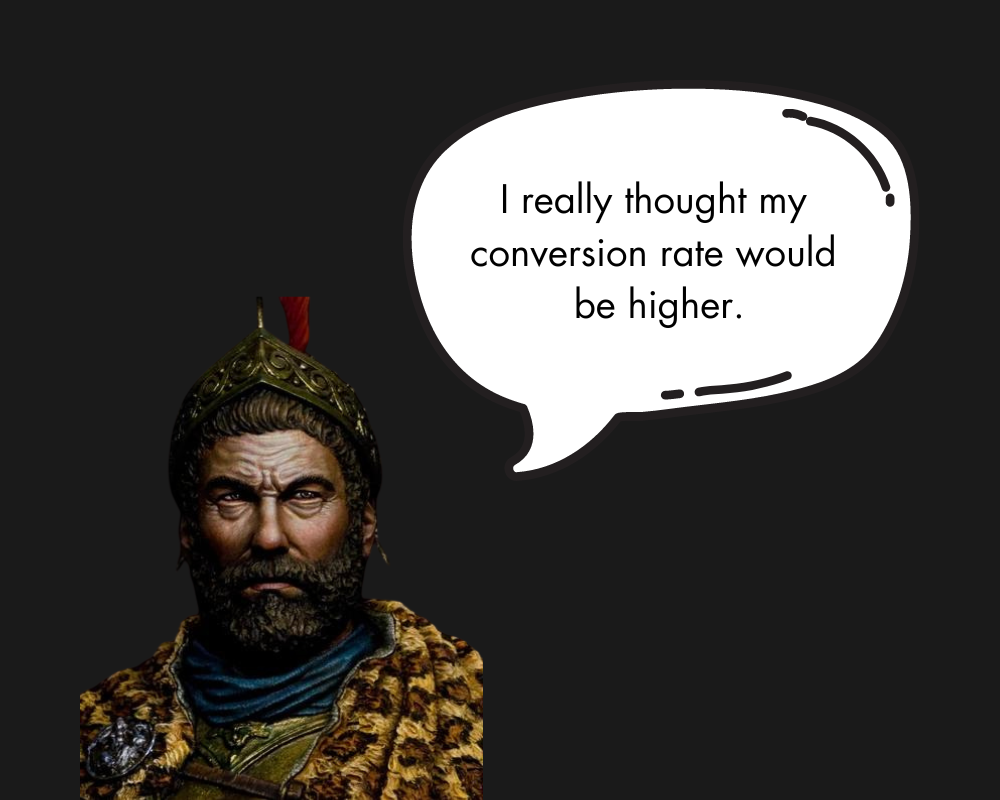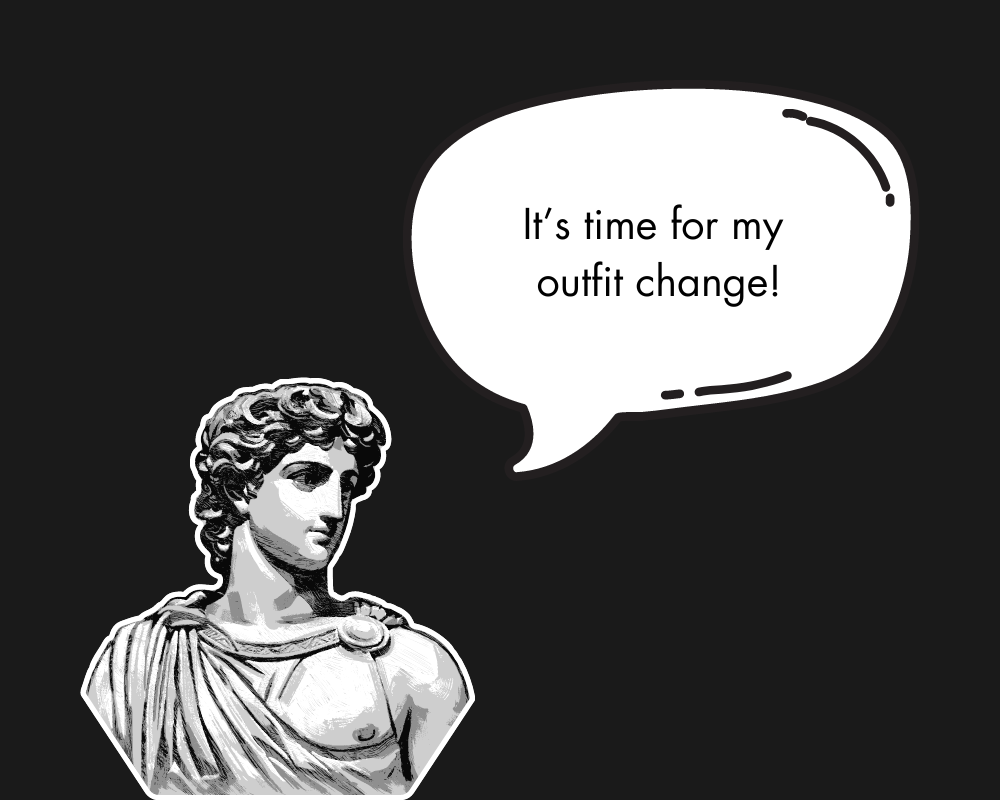"There is a great difference between mind and body." - René Descartes
The Origins of Mind-Body Dualism: Descartes’ Revolutionary Vision
The idea that the mind and body are distinct entities has ancient roots, stemming from the teachings of Plato and other Greek philosophers.
However, it was René Descartes, the 17th-century philosopher, who brought precision to this concept, transforming it into a structured philosophical framework.
In his 1633 treatise De Homine (“Man”), Descartes presented a radical notion of dualism - the idea that the immaterial mind, or soul, is entirely separate from the physical body.
According to Descartes, the mind, residing in the pineal gland at the center of the brain, governs thought, while the body functions as a complex machine, animated by “animal spirits,” or fluids that move through the nerves to initiate physical action.
This vision, while not entirely new (the ancient physician Galen had touched on similar themes with his theory of the humors), was the most refined expression of mind-body separation.
In letters to the philosopher Marin Mersenne, Descartes explained that the pineal gland served as the "seat of thought," connecting the immaterial soul to the physical body, allowing them to influence one another.
Descartes compared the operation of this duality to a grand fountain system - just as a fountaineer controls the flow of water through interconnected pipes, the mind directs the body through the pineal gland’s perception of the animal spirits coursing through it.
This intricate interplay between mind and body would have profound implications for both philosophy and medicine, laying the foundation for centuries of debate about mental and physical health.
Though modern science may question the anatomical specifics of Descartes’ theory, the broader truth remains: the mind and body are deeply intertwined.
Mental stress can manifest physically, just as chemical imbalances in the body can affect mental states.
This dynamic is not only a cornerstone of philosophy but a critical insight for any leader seeking to optimize human performance - whether in learning, business, or personal development.
Mind-Body Dualism in Learning: The Path to Enhanced Performance
In today’s corporate world, much like Descartes’ vision of the human machine, success depends on harmonizing mental and physical engagement.
Yet, the principle of mind-body dualism is often overlooked in modern education and training programs.
Corporations focus heavily on cognitive learning, leaving physical engagement - an essential element in learning - untapped. By ignoring the body, they alienate a type of learner whose understanding thrives through action.
To truly elevate learning outcomes, we must embrace the dual nature of learning, integrating both mental and physical elements to create a more holistic approach.
Let’s explore the dualities that dominate modern learning and how they can be harnessed for greater success in the workplace.
The Duality of Learning Approaches
-
Cognitive Learning vs. Physical Learning
Cognitive learning appeals to the intellect, engaging critical thinking and problem-solving through lectures, discussions, and digital content. This structured approach fosters deep understanding of complex ideas. On the other hand, physical learning emphasizes hands-on engagement. Activities such as experiments, physical exercises, or kinesthetic learning reinforce cognitive knowledge through experience, appealing to those who grasp concepts more effectively through action.
The Duality of Personalized Learning
-
Rational Content vs. Emotional Engagement
Rational learning thrives on structure and data, where clear explanations and logical progression help learners absorb facts and concepts. This is essential for technical or analytical subjects. Emotional engagement, however, taps into the heart. Through storytelling and real-life examples, learners connect more deeply to subjects, especially in the arts or social sciences, leading to longer-lasting retention and a more profound understanding.
The Duality of Communication
-
Controlled Communication vs. Dynamic Interaction
Like Descartes’ fountaineer who carefully manages the flow of water, educators must control the dissemination of information, ensuring clarity through structured lesson plans and consistent communication. But dynamic interaction - discussions, Q&A sessions, and collaborative tasks - creates engagement, fostering deeper participation and allowing learners to interact with the material and each other.
The Duality of Stress Management
-
Stress Reduction Techniques vs. A Supportive Environment
Mental clarity is paramount in learning. Incorporating mindfulness exercises and breaks helps learners manage stress, maintaining focus and productivity.
Equally important is creating a supportive environment where learners feel safe. Access to counseling, peer support groups, and stress-relief activities can address both the mental and physical aspects of stress, ensuring overall well-being.
The Duality of Motivation
-
Intrinsic Motivation vs. Extrinsic Motivation
Intrinsic motivation comes from aligning learning with personal interests and goals. Project-based learning and personalized feedback help learners see the relevance of the material to their own lives. Extrinsic motivation, however, uses external rewards - recognition, competition, and incentives - to drive engagement. Both approaches have value, but true success comes from balancing internal drive with external encouragement.
The Duality of Technology Usage
-
Digital Learning Tools vs. Physical Learning Spaces
Digital tools - e-learning platforms, simulations, and virtual labs - allow for interactive and versatile learning experiences that appeal to different styles of learning. But physical spaces matter, too. Ergonomic furniture, flexible seating, and spaces for movement create an environment where learners can focus and thrive, promoting both mental engagement and physical well-being.
The Duality of Collaboration
-
Group Projects vs. Peer Learning
Group projects allow learners to collaborate, pooling ideas and solving problems collectively. This enhances critical thinking and strengthens social skills. Peer learning, meanwhile, involves sharing knowledge and feedback, creating a sense of community and reinforcing the material through mutual support.
Improve Your Odds by Addressing Both Sides of the Coin
As a leader responsible for learning and development, you must avoid projecting your own preferred learning style onto others. This is a common error that leads to alienation and failure.
Always remember: there is another side to the coin.
To create a more inclusive and effective learning environment, begin with Descartes' timeless wisdom - acknowledge the duality of mind and body. Recognizing and catering to this duality will not only diversify the learning experiences within your organization but also foster the development of entirely new types of learners.
True mastery comes not from over-relying on one approach but from understanding the balance and interplay between both sides of the learning equation.
By engaging both the mind and the body, you will unlock a level of performance that was previously out of reach.
